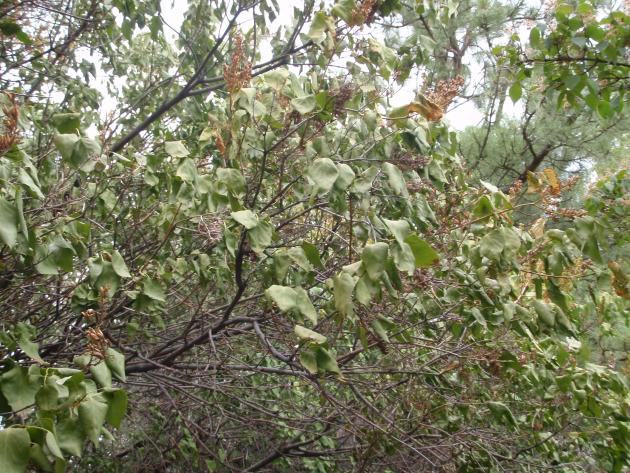Drought, or periods of water shortage, impact plants in a variety of ways. Drought affects how much water is available for plant use. If plants cannot tolerate lack of water various symptoms will appear.
Lack of water can lead to:
- Stunted growth
- Increased disease susceptibility
- Increased susceptibility to winter injury
- Death or injury when a warm period is followed by a very cold period in winter
Initially, growth stops and foliage wilts as plants become stressed. Unless supplemental irrigation is provided, plants may eventually die. When this happens will differ based on the plant’s ability to withstand drought. Observe plants for signs of drought stress.

These include:
- Gray or bluish cast on cool season turf grass
- Grass will not spring back when walked on
- Wilting or curling leaves
- Browning of leaves
Water conserving features of plants such as small leaf area, lighter colored leaves and deep roots help drought adapted plants to survive long periods without water.
Lack of water can lead to:
- Stunted growth
- Increased disease susceptibility
- Increased susceptibility to winter injury
- Death or injury when a warm period is followed by a very cold period in winter
Initially, growth stops and foliage wilts as plants become stressed. Unless supplemental irrigation is provided, plants may eventually die. When this happens will differ based on the plant’s ability to withstand drought. Observe plants for signs of drought stress.
These include:
- Gray or bluish cast on cool season turf grass
- Grass will not spring back when walked on
- Wilting or curling leaves
- Browning of leaves
Water conserving features of plants such as small leaf area, lighter colored leaves and deep roots help drought adapted plants to survive long periods without water.
Additional Resources:
Northeast
Maryland – Watering Tips for Drought Conditions
Southeast
